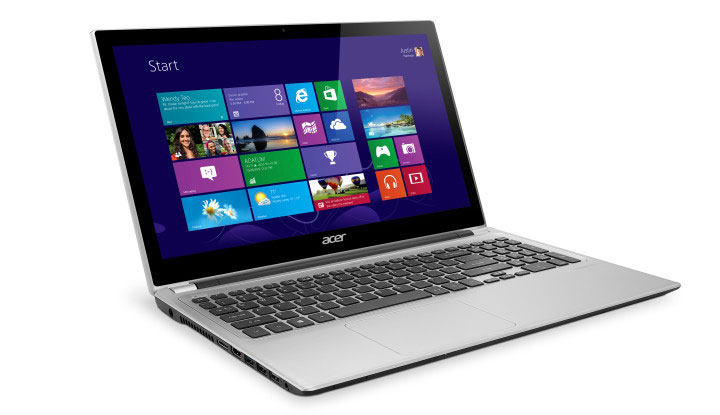When you launch an e-commerce company, a term that you’ll need to quickly become familiar with is conversion rate. By definition, a conversion rate is the proportion of visitors to a website who take action to go beyond a casual content view or website visit. It is a metric that decodes the performance of your company website.
An example of a conversion rate is the ratio of the number of tasks performed (i.e. buying a product or service, downloading trial versions or any such activity that leads to sales) to the total number of website visitors. Generally conversion rates are expressed as a percentage.
This mean as the conversion rate increases correspondingly you will earn the benefit. So, it is necessary to design an e-commerce website that is conversion friendly.
Here are eight simple tips to optimize the design of your company website and improve conversion rates:
1. Analyze customers
Know your audience. Understand who has potential to buy products or services. Your company website should never distract prospective buyers from choosing products and services. Develop content that specifies all of the information that customers want to know and ensure to cover frequently asked questions.
2. Ensure Proper Navigation and Site structure
Implement effective menu navigation. When a customer surfs your company website, the navigation should be clearly implemented and visitors should not face hassles while browsing content on different pages. The site structure should illustrate a proper flow that gives online users a clear view of the site contents.
3. Use High Quality Images
Invest in high quality images of your products and services. The most important aspect for image use is to ensure they are properly cropped with high resolution — to preclude viewing a blurred image. Most importantly, website images should be optimized for 3-screens (i.e. desktop or laptop, tablet and smartphones).
4. Specify Product Information
Share detailed product information with a clear and understandable format. It is necessary to ensure each product or service has an effective title and prominent labeling. Your website should also use microcopy (i.e. supporting content) when necessary.
5. Highlight the Shopping Cart
The shopping cart should always be made visible so that buyer can view their selected products in the cart and there should be a functionality that let’s online buyers view product details with ease.
6. Publishing Promotional Videos
Most online visitors like to view videos. Develop promotional videos with simple concepts and help customers easily understand how to use your products and services.
7. Deploy a Call to Action
A call to action can be a button, banner or any kind of web design element that encourages the user to click and follow a purchase path.
8. Show Checkout Detail
Your company website’s cart and checkout pages should show every kind of charge and credit whether it is a shipping charge, transaction charge, or promotional discount detail. If a customer is eligible for specific promotions, mention it with the clear specifications so it can be easily understood.
David Meyer, is a programmer at CSS Chopper which provide the best Magento customization services all over the world. He enjoys writing about various innovative techniques in delivering high standard E-commerce websites.
© YFS Magazine. All Rights Reserved. Copying prohibited. All material is protected by U.S. and international copyright laws. Unauthorized reproduction or distribution of this material is prohibited. Sharing of this material under Attribution-NonCommercial-NoDerivatives 4.0 International terms, listed here, is permitted.





